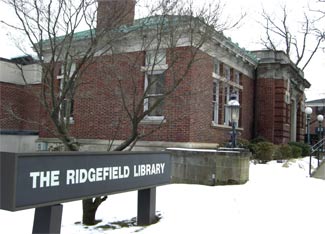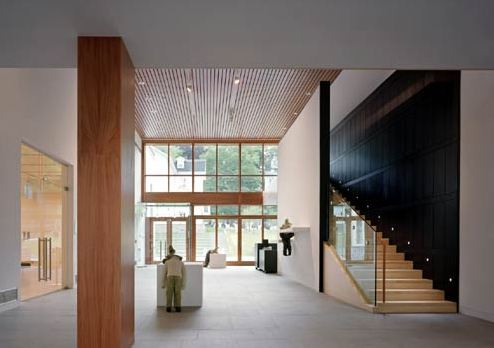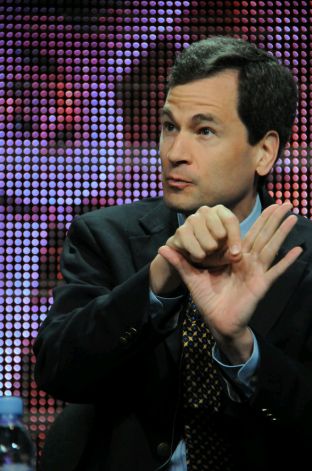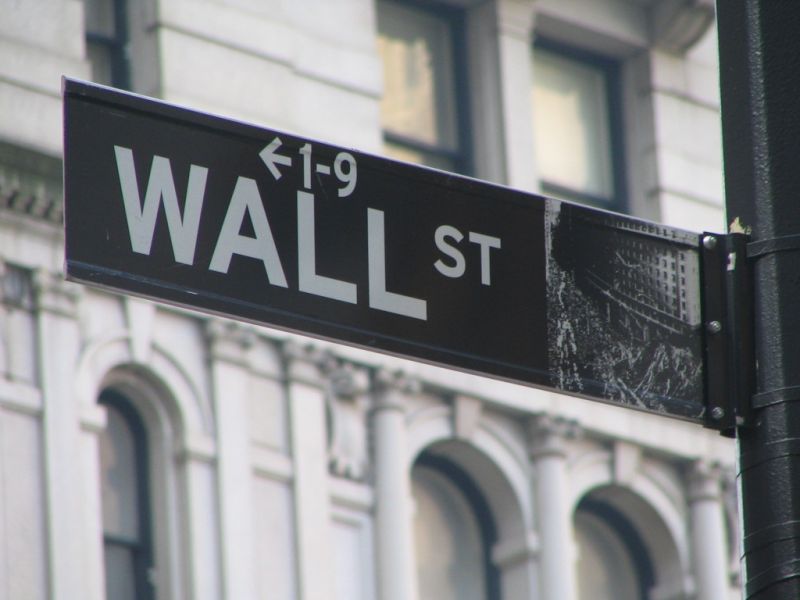|
|
||
|
Pro Tools
FILMFESTIVALS | 24/7 world wide coverageWelcome ! Enjoy the best of both worlds: Film & Festival News, exploring the best of the film festivals community. Launched in 1995, relentlessly connecting films to festivals, documenting and promoting festivals worldwide. Working on an upgrade soon. For collaboration, editorial contributions, or publicity, please send us an email here. User login |
Revisiting Andy Warhol's Screen TestsIn New York culture, all roads eventually lead to Andy Warhol. The pop prince, whose doodles now sell for millions at art auctions around the world, was prescient in so many ways about 21st century culture. He was a man of his times but also a prophet of sorts for the democratization and obsessive nature of celebrity (forget 15 minutes of fame......a spotlight can last a mere 15 seconds and still be a license to print money....paging Bristol Palin). The celebrity of those famous for being famous began at the legendary Factory, the think tank/pleasure palace that Warhol and his entourage presided over in the 1960s. A potent reminder of those heady times is currently on view at New York's Museum of Modern Art (MoMA) with the exhibition Andy Warhol: Motion Pictures. In the mid-1960s, Warhol (aided, and some say, actually directed by his visual collaborator Paul Morrissey) made nearly 500 silent, black and white films oof people, mostly sitting still as if for photographic portraits. Some performed for the camera, others simply reacted, and the visuals revealed something miraculous in the ordinary (although one coulld never describe most of the subjects of the films as ordinary in any way).
Organized by Klaus Biesenbach, the museum's chief curator-at-large, the show presents a sampling of the films as digital projections onto screens and monitors in a vast gallery setting. Aside from the "screen tests" (the name commonly given to the personality portraits), the exhibition is also presenting some of Warhol's landmark experimental features of the period, including SLEEP (1963), KISS (1964) and EMPIRE (1964) in a specially built small theater. Since the films are hours in length, only total Warhol-maniacs are expected to sit for their entirety....for the rest, a few minutes of the images of a man in deep slumber and the Empire State Building in all its glory are potent symbols for the power of even the most static of images in a medium more associated with entertainment and Hollywood glamour.
The Factory, of course, had its own hierarchy of glamour, dubbing many of its subjects as "superstars" before that word was used on the mundane "stars" of reality television that have, in some ways, superceded even the established Hollywood royalty. Chief among these is the elfin Edie Sedgwick, a troubled heiress who defined the era's obsession with innocence that masked a tragic dark side. Although she is the subject of only one of the 13 "screen tests" on display, she is the major attraction here.....the doomed "it girl" of the 1960s. Other intriguing subjects include the musician Lou Reed, the beat poet Allen Ginsberg, the singer Nico, the actor Dennis Hopper, the writer/philosopher Susan Sontag and the Warhol glitterati including Baby Jane Holzer, Paul America, Gino Piserchio and Kyoko Kishida. When Warhol shot the films, he did so at sound film speed of 24 frames per second. However, when projected, the frame count was slowed down to 16 frames per second (the standard of silent films of the early movies), which gives the films an eery, otherworldly, frozen-in-time atmosphere that greatly adds to their allure. Purists are still arguing about whether these film indulgences are truly art or just vanity projects done while most of the people behind and before the cameras were high on medicinal substances. Whatever the truth, Warhol and his collaborators mined a truthfulness that radiates from the screen that is more glamorous and inviting that any straightforward portrait would be. As we look back at these faces, we realize the richness of Warhol's sensibility and the exotic experimentation that once energized a generation of dreamers. For more information on the exhibition, visit: www.moma.org Sandy Mandelberger, Film New York
30.12.2010 | FilmNewYork's blog Cat. : 15 minutes of fame actor Allen Ginsberg America American film directors Andy Warhol Andy Warhol Andy Warhol Bristol Cinema of the United States Contact Details Dennis Hopper Edie Sedgwick Edie Sedgwick Empire Empire State Building Entertainment Entertainment Films Gino Piserchio Human Interest Human Interest Jane Holzer Klaus Biesenbach Kyoko Kishida Lou Reed Major MoMA Museum of Modern Art musician New York New York's Museum of Modern Art paging Paul Morrissey Person Career POET Pop art Prince Sandy Mandelberger Screen Tests singer Sleep Susan Sontag The Factory The Factory The Velvet Underground writer www.moma.org FILM
|
LinksThe Bulletin Board > The Bulletin Board Blog Following News Interview with IFTA Chairman (AFM)
Interview with Cannes Marche du Film Director
Filmfestivals.com dailies live coverage from > Live from India
Useful links for the indies: > Big files transfer
+ SUBSCRIBE to the weekly Newsletter Deals+ Special offers and discounts from filmfestivals.com Selected fun offers
> Bonus Casino
User imagesAbout FilmNewYork Mandelberger Sandy Mandelberger Sandy (International Media Resources) The Ultimate Guide to the New York Film, Video and New Media Scene. View my profile Send me a message The EditorUser contributions |





























Comments (1)
If the purists are still arguing...
then it just might be art. How hard it is now to have the luxury of experimenting....to be able to slow anything down is also a luxury.
I loved stumbling across your blog and slowing down a second to read it. Looking forwardt to more.
Katha Cato